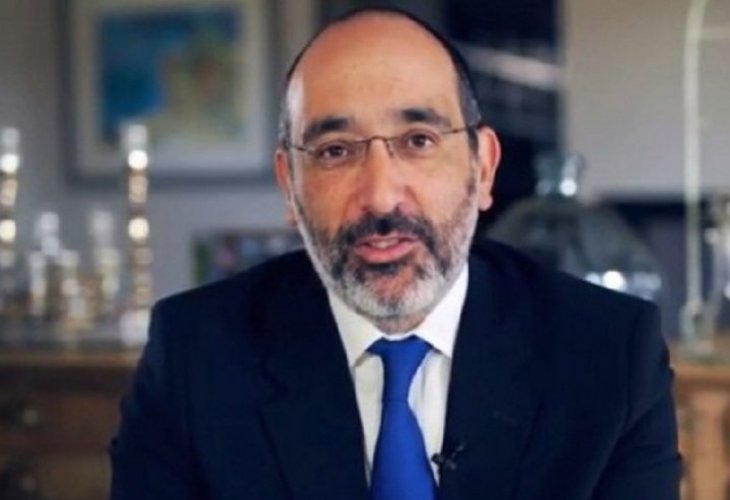Shabbat
One Shabbat. One People. One World.
How Rabbi Warren Goldstein’s Shabbat Project is Uniting a Million Jews, from Nevada to Kilimanjaro
 Rabbi Warren Goldstein
Rabbi Warren GoldsteinA Global Movement with a Simple Message
Shabbat is often called the sweetest gift ever given to the Jewish people. After six days of hustle and noise, it offers a sacred pause and a chance to reconnect with self, family, community, and the Divine. But for many Jews around the world, that experience remains distant.
That’s what inspired Rabbi Warren Goldstein, Chief Rabbi of South Africa, to launch The Shabbat Project in 2013. What began as a local initiative quickly turned into a global phenomenon.
“The first year we ran it in South Africa, about 75,000 people participated, most of them secular,” recalls Rabbi Goldstein. “By the very next year, it had gone global.”
Today, The Shabbat Project brings together over a million Jews across 961 cities in 87 countries, from every background and denomination, who unite to keep one Shabbat together. It’s not a top-down initiative, but a grassroots movement powered by volunteers, with more than 5,000 organizers speaking eight different languages.
“It’s a movement of the people, by the people, and for the people,” says Rabbi Goldstein. “Shabbat was always meant to bring people together. It’s not a ritual owned by any single group; it belongs to every Jew.”
A Shabbat That Touches Every Corner
What sets The Shabbat Project apart is not just its scale, but its spirit. "Too often, we only unite in times of crisis or conflict," Rabbi Goldstein explains. "This project gives us the chance to come together in celebration and joy, recognizing the beauty of Torah, and the beauty of one another.”
It’s also a much-needed pause in an overconnected world. “We live in a time of constant motion, phones, feeds, and nonstop communication. Shabbat is a gift. It allows us to slow down, disconnect from the noise, and reconnect to what really matters.”
That message has resonated deeply, even in places you'd never expect.
One year, in the Israeli city of Netanya, two women decided, just ten days before the event, to host a challah bake for women in honor of the Shabbat Project. They expected 50 participants. But as word spread, the numbers ballooned. Venue after venue was upgraded, until 800 women, religious, traditional, secular, even passersby, gathered in the city’s main square to knead, bless, and bake challah together.
“It was breathtaking,” said one participant. “Every table had cards with the blessing, and we all answered ‘Amen.’ It was an unforgettable spiritual moment.”
From Nevada to the Peak of Africa
The Shabbat Project has sparked deeply personal stories across the globe.
In 2014, a woman from a small town in Nevada stumbled upon the Shabbat Project online. Not observant and barely connected to the Jewish community, she still felt compelled to take part. She created an event page and was shocked to discover there were other Jews nearby. Together, they hosted a Shabbat dinner with six families, many meeting for the first time. One idea turned into a mini-community.
And then there’s Mount Kilimanjaro.
During one Shabbat Project weekend, a group of Jewish climbers in the middle of the 19,341-foot climb, asked their multi-faith group to pause the climb for 25 hours so they could keep Shabbat. Everyone agreed. There, at the roof of Africa, the light of Shabbat shone.
What began with one rabbi and one country has become a worldwide Jewish celebration, reminding millions that Shabbat is more than a day of rest. It’s a bridge across differences, a moment of stillness, and a global embrace of shared identity.

